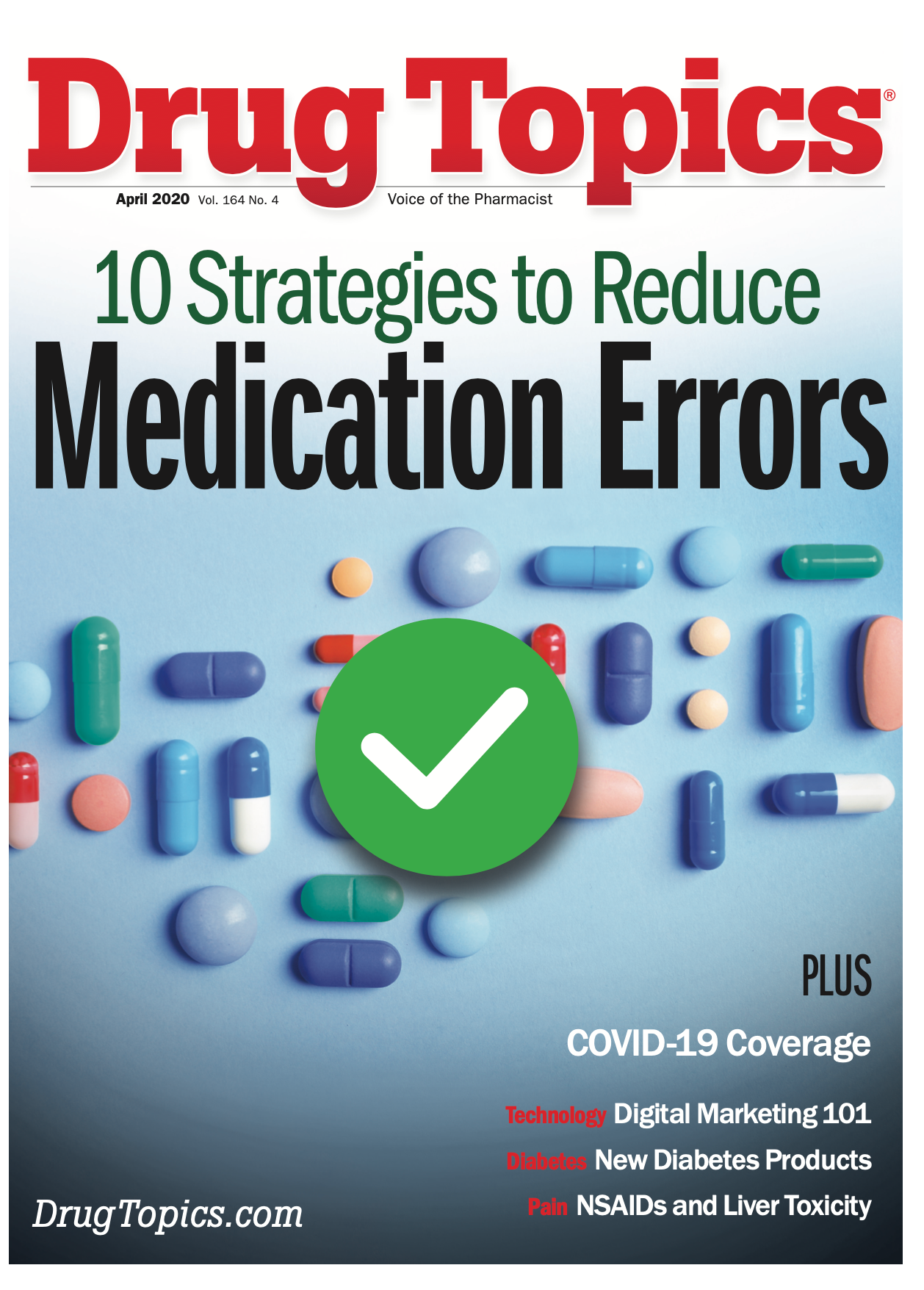Lumateprone Tosylate Approved for Schizophrenia
The FDA has approved lumateperone tosylate (Caplyta™, Intra-Cellular Therapies) for treatment of schizophrenia in adults.

On December 20, 2019, the FDA approved lumateperone tosylate (Caplyta™, Intra-Cellular Therapies) for treatment of schizophrenia in adult patients. Lumateperone is an atypical antipsychotic. The exact mechanism of action is unknown. However, lumateperone demonstrates binding affinity and antagonistic activity at central serotonin 5-HT2A receptors and postsynaptic central dopamine D2 receptors.
Efficacy
The efficacy of lumateperone was studied in 2 randomized, double-blind placebo-controlled multicenter trials (study 1 and study 2). The primary efficacy measure in both studies is the Positive and Negative Syndrome Scale (PANSS) total score. This scale scores patients’ symptoms associated with schizophrenia on a scale of 1 (absent) to 7 (severe).
In study 1, a total of 335 patients participated, with an age range of 20 to 55 years old. All participants met diagnosis criteria of schizophrenia, according to the Diagnostic and Statistical Manual of Mental Disorders 4th edition (DSM-IV). Patients were randomized to receive lumateperone 42 mg, lumateperone 84 mg (double the recommended dose), an active comparator, or a placebo. Compared with the placebo group, participants randomly assigned lumateperone 42 mg demonstrated a statistically significant reduction from baseline to day 28 in the PANSS total score, compared with participants who were administered the placebo.
Participants administered lumateperone 84 mg did not demonstrate a statistically significant difference in PANSS total score compared with those taking the placebo. A total of 450 participants, ranging from 19 to 60 years old, are included in study 2. All participants met diagnosis criteria of schizophrenia, according to the DSM-IV. Participants were randomized to receive lumateperone 28 mg, lumateperone 42 mg, or a placebo. Participants randomized to lumateperone 42 mg demonstrated a statistically significant reduction from baseline to day 28 in total PANSS score, compared with participants administered the placebo. The group receiving treatment with lumateperone 28 mg was not statistically significant compared with those receiving the placebo.
Safety
In studies, the most common adverse reactions occurring with greater frequency than placebo are: somnolence/sedation (24%), nausea (9%), dry mouth (6%), dizziness (5%), an increase in creatinine phosphokinase (4%), fatigue (3%), vomiting (3%), decreased appetite (2%), and an increase in hepatic transaminases (2%). In studies, extrapyramidal symptoms occurred at rates of 6.7% for lumateperone and 6.3% for placebo. Metabolic changes, such as hyperglycemia, diabetes mellitus, dyslipidemia, and weight gain, have been associated with antipsychotic drugs. A patient’s fasting plasma glucose, weight, and fasting lipid profile should be monitored before or soon after starting therapy and throughout treatment. Leukopenia, neutropenia, and agranulocytosis have been associated with antipsychotic medications. Patients demonstrating clinically significant neutropenia must be monitored for signs of infection. Discontinue lumateperone in patients with an absolute neutrophil count <1000/mm3 and monitor the patient’s white blood cell count until recovery. Patients with hypotension, with cardiovascular disease, or with cerebrovascular disease should be monitored for orthostatic hypotension.
The use of lumateperone is not recommended in patients with moderate (Child-Pugh class B) to severe hepatic impairment (Child-Pugh class C). No dose adjustment is recommended in patients with mild hepatic impairment (Child-Pugh A). Concomitant use of lumateperone with a moderate or strong CYP3A4 inhibitor or a UGT inhibitor increases lumateperone exposure, which may increase the risk of adverse effects. Concomitant use of lumateperone with a CYP3A4 inducer should be avoided.
Dosing
In adult patients with schizophrenia, lumateperone should be administered 42 mg orally once daily. Lumateperone does not require any dose titration. Lumateperone should be given with food. Lumateperone is available only in 42-mg strength capsules.
References:
1. Caplyta [package insert]. Hamilton, Bermuda: Intra-Cellular Therapies, Inc; 2019.
